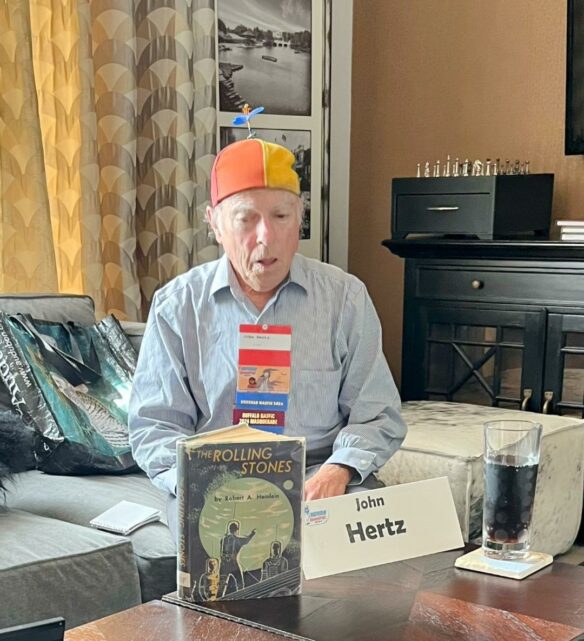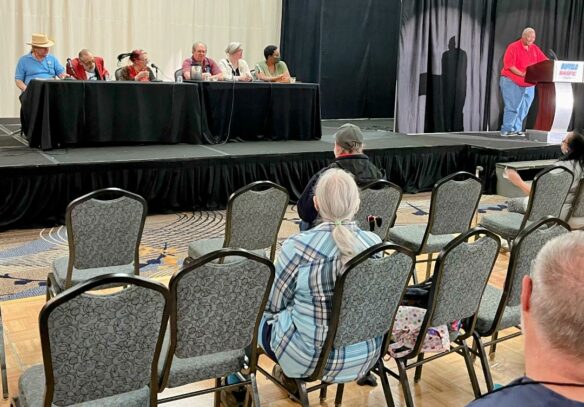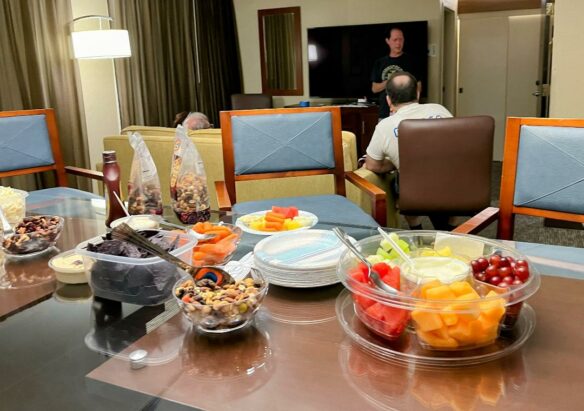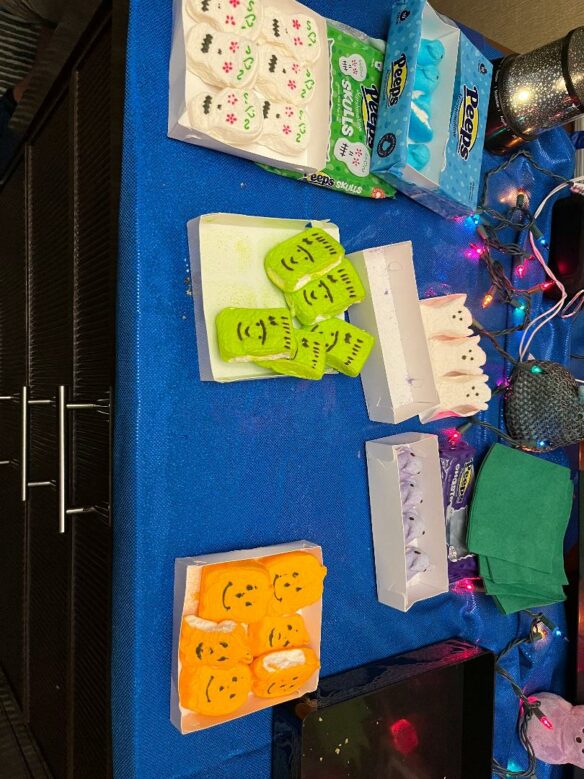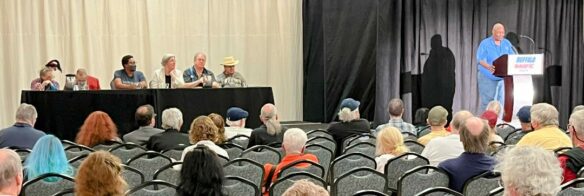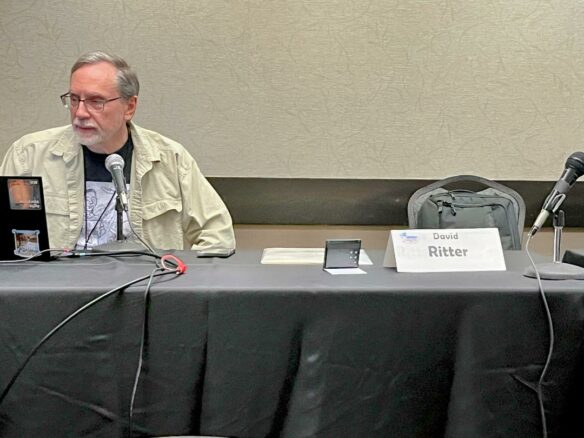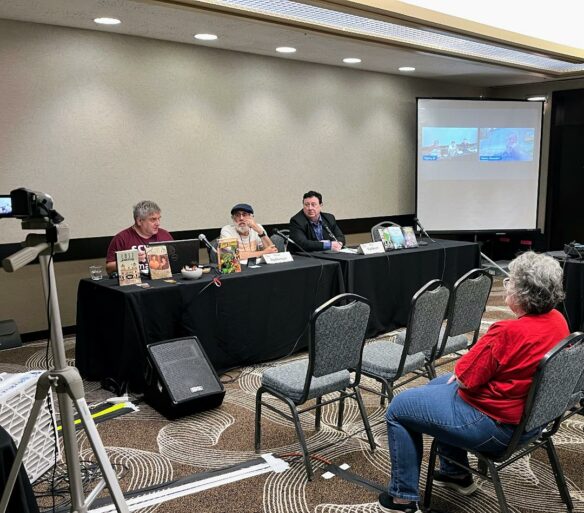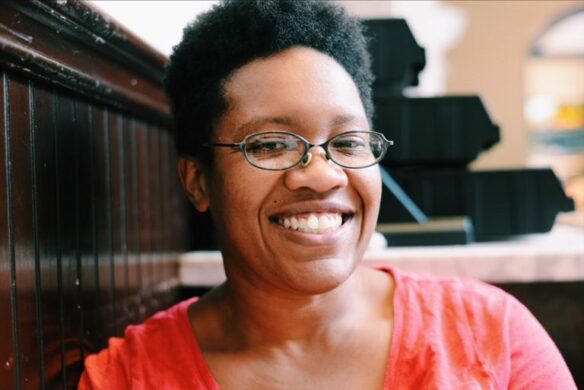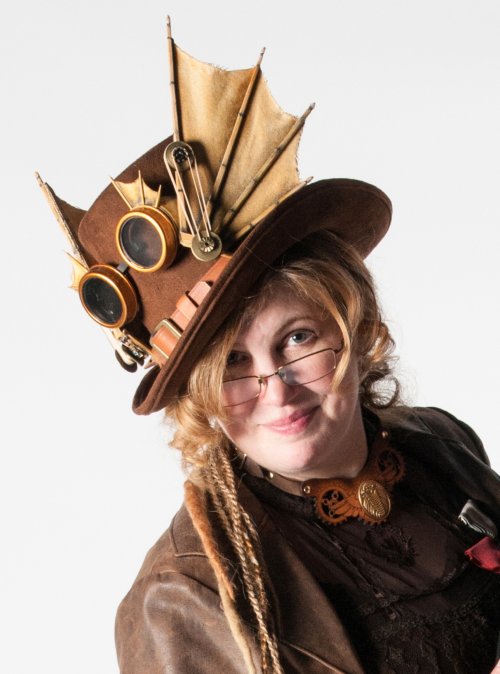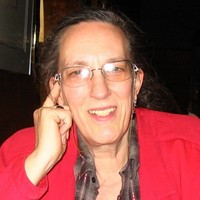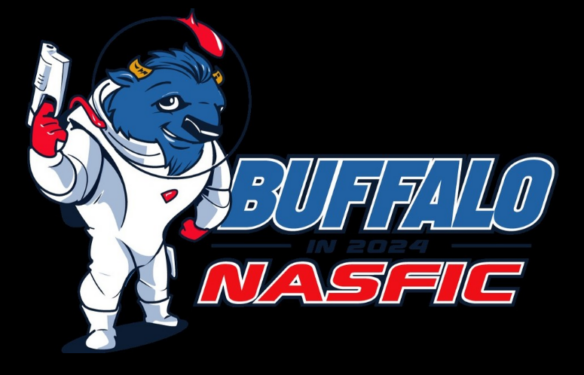
“Dr. Tony Lewis, one of the last surviving founders of NESFA, Chairman of Noreascon, and longtime Press Czar of NESFA Press passed away yesterday at home,” announced Gay Ellen Dennett on Facebook on February 12. “Both Suford and Alice [his wife and daughter] were by his side.”
Anthony R. Lewis, called Tony, was a leader who helped organize and grow Boston sf fandom in the Sixties. While earning a Ph.D. in Nuclear Physics from the Massachusetts Institute of Technology he joined MITSFS. Although the science fiction club had formed in 1949, more than a decade passed before the club finally became actively connected with fandom – their motto was “We’re not fans, we just read the stuff.” They read a lot more of it after Tony Lewis became the club librarian in 1961: within a few years their library grew to over 10,000 volumes. He also served as MITSFS’ Onseck, and he was known as the Evil Dr. Lewis, a title he relished.
Fancyclopedia 3’s entry adds this story about his MIT years:
When he was in grad school, he witnessed a test nuclear explosion in New Mexico (he told the story that he was possibly the only fan injured by an atomic bomb: he stood up too quickly after the blast and was knocked on his rear by the ground shock.) He spent most of his career in a “safer” industry, computers, as a technical writer then technical writing manager for Prime Computer.
Boston fandom’s growth was seen in the Sixties at the first Boskones, and in a joint attempt by BoSFS (which ran the con), MITSFS, and the University of Massachusetts Science Fiction Society to bid for the 1967 Worldcon. Although they lost, local fans were energized to create a group to supersede BoSFS, named the New England Science Fiction Association (NESFA). In 1967 Tony Lewis became the first President of NESFA. Among the officers was the editor of Instant Message, NESFA Clerk Susan Hereford. She became Susan Hereford Lewis in April 1968 when she married Tony — which Instant Message phrased: “ARL announced that to consolidate power he will annex the Clerk on April 7th.” By the beginning of 1969, Susan became known in fandom as Suford Lewis.
The ambition to bring a Worldcon to Boston continued to burn in a few hearts. In 1968 Charlie Brown, Ed Meskys and Dave Vanderwerf created Locus to promote the (ultimately successful) Boston in ’71 Worldcon bid. The first trial issue was scheduled for May of 1968; it featured news of Suford Lewis’ auto accident – 10 days after her marriage to Tony. That first issue was run off in the Lewis’s living room in Belmont, MA on Tony’s AB Dick mimeograph.

While continuing as NESFA President and chair of Noreascon, the 1971 Boston Worldcon, Tony somehow found time to launch himself as a professional sf writer. His first published story, “Request for Proposal”, appeared in the November 1972 Analog. It is written in the form of interoffice memos about using nuclear warheads for slum clearance and urban renewal. The story’s dry political satire was so successful that it has been reprinted in five collections. In future years Tony had stories in themed anthologies edited by Martin H. Greenberg and Mike Resnick. Also, for over thirty years he contributed a calendar of upcoming events, such as sf conventions, to every issue of Analog. He was an active member of SFWA.
At the 1997 Worldcon, Mike Resnick’s panel of contributors to his Alternate Worldcons anthology (published 1994), Tony reminisced about the basis for his story “Keep Watching the Skies” — an actual Highmore, SD bid with one co-chair, Richard Harter, who gave a “speech.” Asked, “Would you like to say anything?”, Harter answered, “No.” Also, George Flynn, wearing a paper bag over his head, came up and read a piece in Frisian, which is why nobody realized it was in foul language.
Tony Lewis was active for many years in compiling the NESFA Index to Science Fiction Magazines. He invented the term “recursive SF” (any sf story that refers to sf) and wrote An Annotated Bibliography of Recursive Science Fiction (NESFA Press).
He was twice a Hugo finalist, for Space Travel by Ben Bova and Anthony R. Lewis from Writer’s Digest Books, nominated for the 1998 Best Non-Fiction Book Hugo, and Concordance to Cordwainer Smith, Third Edition by Anthony R. Lewis from NESFA Press was nominated for the 2001 Best Related Book Hugo.
Among his many talents he was a well-known (and skilled) auctioneer.
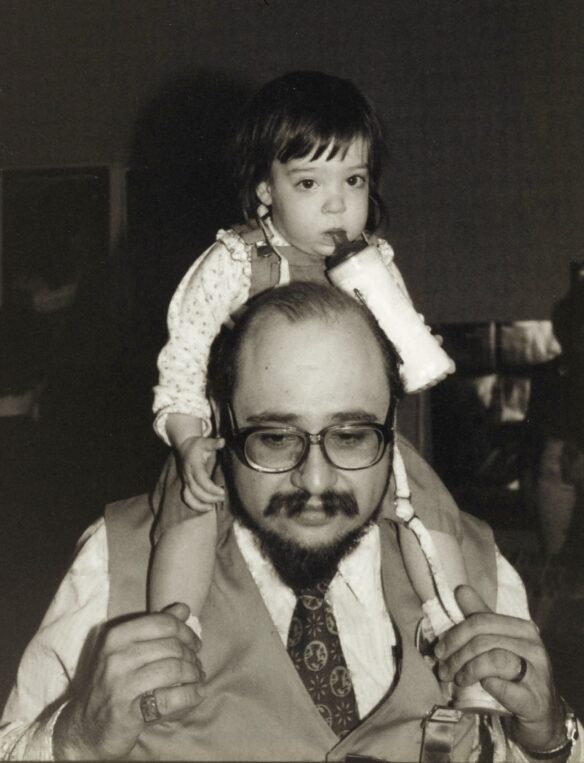
Lewis is generally credited with coming up with the name of the NASFiC (the North American Science Fiction Convention run when the Worldcon is outside North America).
“I was on the committee that made the report to the business meeting that set it up and I named the damn thing to keep George Nims Rayben from calling it the USCon,” he said.
Appropriately, Tony and Suford Lewis were the Fan GoHs at the Buffalo 2024 NASFiC. Prior to that they were GoHs at Conebulus (1978), and Windycon VI (1979). Tony was GoH at Lunacon 42 (1999), and Arisia ’03 (2003).

Tony did not put himself forward as a fan humorist, being someone who always appeared wrapped in a certain amount of dignity, but he could surprise with his readiness to “unwrap” if there was an opening for a good line.
I remember at Magicon (1992) the highlight of “The Spanish Inquisition” panel of worldcon bidders was an exchange between NESFAns. Tony Lewis said a 1998 worldcon in Boston “is not going to be Noreascon 3 mark 2.” Anne Broomhead agreed, “Mark wouldn’t stand for it.” Deb Geisler said, “We won’t make the same mistakes.” Tony Lewis enthusiastically agreed, “We’ll make a whole new lot of mistakes, in new areas. We’re going to be the first people to make mistakes in these areas.”
Someone planning to kick off his new music blog by interviewing Paul Kantner of Jefferson Starship, whose Blows Against the Empire was a Hugo nominee in 1971, asked Tony Lewis, that year’s Worldcon chair and Hugo administrator, about the relationship between fandom and rock at the time. Tony provided this insight: “I was never really into rock myself, preferring baroque and bagpipe music.”
And when the Outer Space Treaty declared that the Moon belongs to all mankind, science fiction fandom did not take this lying down. At a December 1970 meeting of the New England Science Fiction Association, “[Tony Lewis] showed the moon map from the Nov 1970 issue of Sky and Telescope. Hugo Gernsback crater was identified, as were Wiener, Ley, Verne, Wells, etc. As a result of this increase in cultural knowledge it was [moved, seconded and passed] that the Moon be designated NESFA’s Moon and that the Aerospace Cadets protect it.” NESFAn Harry Stubbs, then a Lt. Col. in the Air Force, was named commander of the Aerospace Cadets, holding the title “Lord of the Wings.”
NESFA has kept a close eye on its property ever since. When there was a total eclipse of the Moon in July 1982, Tony Lewis wrote a letter protesting the unauthorized use of NESFA’s Moon. The club voted him responsibility for preventing the occurrence of any further unauthorized eclipses.
A visitor to NESFA wrote a 2007 article for Bostonist about slowly realizing that Tony was kidding them:
…The jokes can get more complicated. Wednesday, as NESFA members collated the “Instant Message” newsletter by hand (a process involving a continuous procession around a table), a visitor asked about the “Fanzine Control Number” (71-58837 791) printed at the bottom of each page. Nobody had a clue, and the matter was referred to Tony Lewis, a founding member.
“I can’t remember which President it was,” he explained, “but in the fifties there was widespread worry about the proliferation of fanzines and fanzine material. The Fanzine Control Number was introduced to limit the spread of fanzines.”
The visitor, looking for the Fanzine Control Number on his copy of Science-Fiction Five-Yearly, finally realized that Lewis was putting him on….
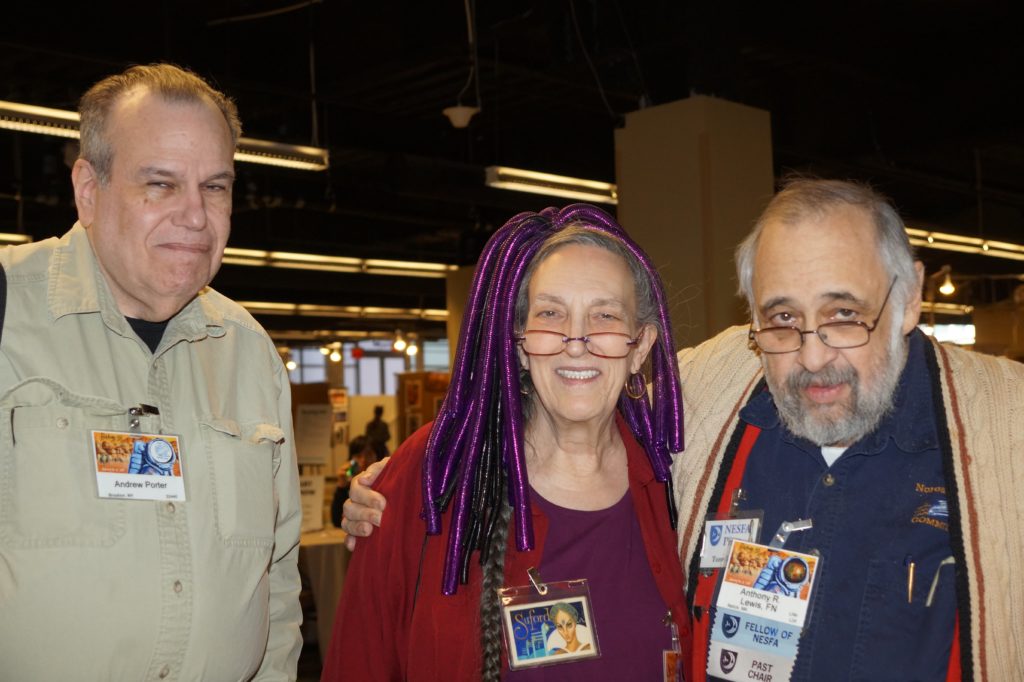
Thanks to YouTube it’s possible to hear Tony tell about Boston fanhistory in his own words. There’s a recording of a 1997 FanHistoriCon panel “From MITSFS to NESFA to MCFI – Meskys, Harter, Lewis and Clement”. And last year Fanac.org recorded a two-part Zoom panel – “Boston in the 60s (Pt 1 of 2): Tony Lewis, Leslie Turek and Mike Ward, moderated by Mark Olson” followed by Part 2 of 2.
However, Tony’s significance as a friend and mentor extended beyond Boston. When File 770 ran its 20th Anniversary Poll in 1998, one of the questions asked people “to name three fans who had the most influence on your fanac.” Lewis was named by four people – which was substantial given that seven was the highest number received by anyone.
His home club, where people got to see and work with him regularly, gave him their highest honors. He received the Skylark Award in 2021, given by NESFA to “some person, who, in the opinion of the membership, has contributed significantly to science fiction, both through work in the field and by exemplifying the personal qualities which made the late E. E. “Doc” Smith well-loved by those who knew him.” It is “an award for being both a pro and a ‘good guy’”.
Also, the editors of the NESFA Press book Ingathering dedicated it, “To Tony Lewis who created NESFA in his own image.”
During the 1993 Worldcon at “The Asimov Memorial Panel” Robert Silverberg offered many warm reminiscences of Isaac. Tony Lewis asked Silverberg, “Will you say nice things about me at my memorial?” Silverberg agreed, “Certainly, but don’t make it too soon. It’ll take a long time to think up nice things.” That was a humorously-meant exchange, of course, however, today everyone is finding it easy to think of nice things to say about Tony Lewis, especially on Facebook – on his personal page, the Boskone page, and individual tributes by David Gerrold and Michael A. Burstein.

